Scientist of the Day - Otto von Guericke
Otto von Guericke, experimental natural philosopher and mayor of Magdeburg, Germany, was born Nov. 20, 1602. In the early 1650s, when a controversy was raging as to whether there was a vacuum in the closed end of a barometric tube, Guericke set out to try to make a vacuum a different way: by evacuating the air from a container with a pump. He built the pump himself--it was similar to a modern bicycle pump, with the valves in reverse--and he also had to invent a suitable container for evacuation. He tried wooden casks sealed with pitch, but they leaked. He finally tried copper spheres, which he was able to evacuate successfully. In one of the most famous demonstration experiments of the seventeenth century, he held two copper hemispheres together to make a sphere--but did not otherwise attach them--and evacuated the air from the sphere. He then hitched each hemisphere to a team of 8 horses, and they were unable to pull the hemispheres apart. When he turned a valve and let the air back in, the hemispheres fell apart all by themselves. This demonstrated, in the most dramatic fashion, the reality of atmospheric pressure. The demonstration was depicted in Guericke’s later book, Experimenta nova (ut vocantur) magdeburgica, 1672.
The first four images above are all from our copy of this book, and depict: the Magdeburg experiment (first image), two of Guericke’s pumps being used to evacuate a wine cask and a copper sphere (second image), the engraved title page of the Experimenta nova (third image), and the frontispiece portrait of Guericke that appears within the book (fourth image). Von Guericke is still very much the local hero in Magdeburg, and he has a handsome statue in front of the New Town Hall for visitors to admire (fifth image).
Dr. William B. Ashworth, Jr., Consultant for the History of Science, Linda Hall Library and Associate Professor, Department of History, University of Missouri-Kansas City

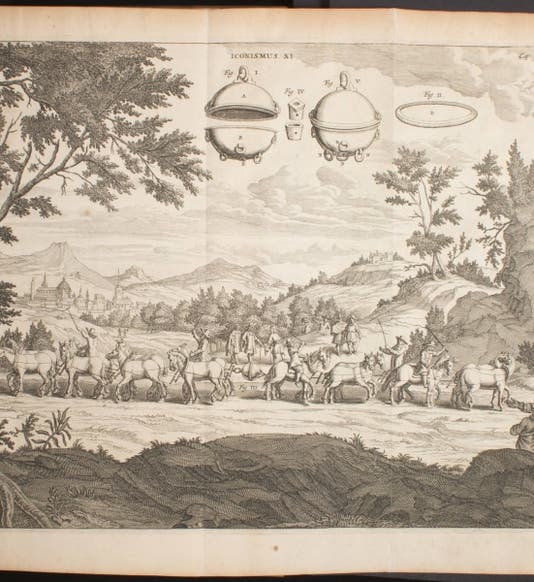
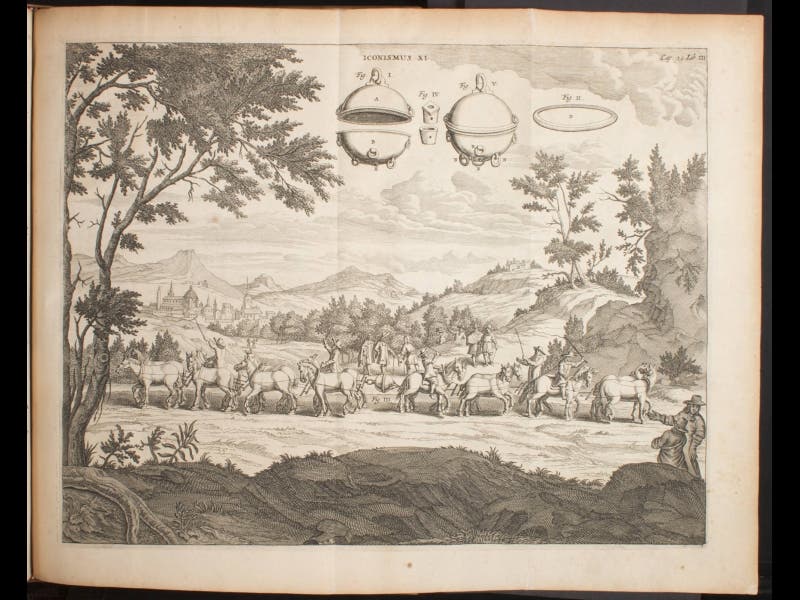

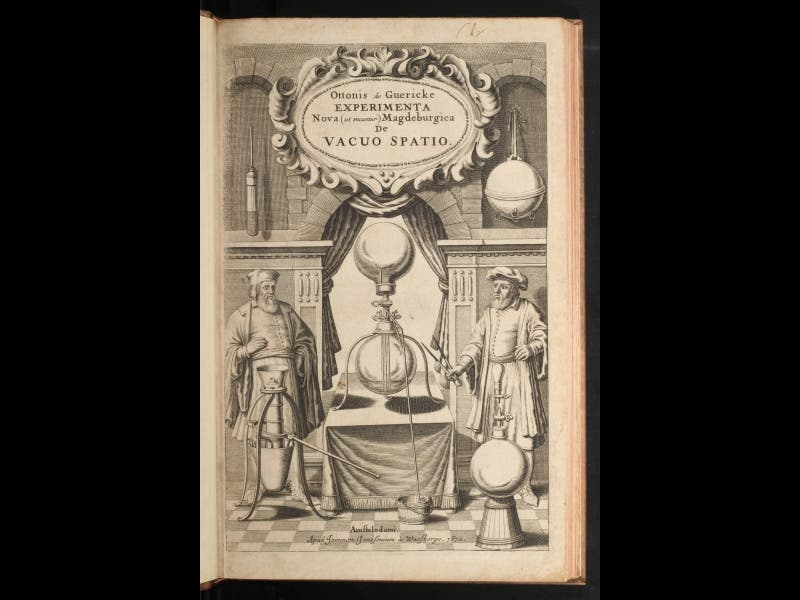
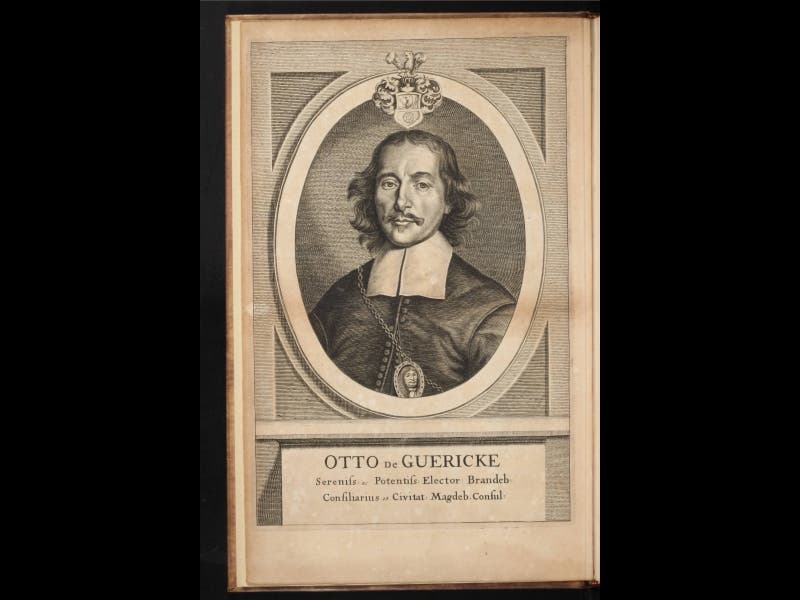
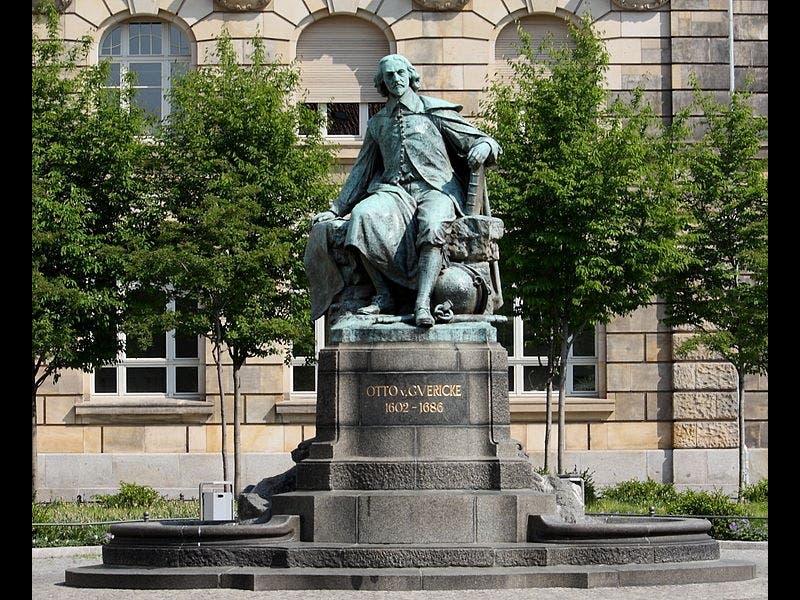


![Using an astrolabe to measure the depth of a well, woodcut in Elucidatio fabricae vsusq[ue] astrolabii, by Johannes Stöffler, 1513 (Linda Hall Library)](https://assets-us-01.kc-usercontent.com:443/9dd25524-761a-000d-d79f-86a5086d4774/a998eb50-55d2-4a88-ace2-a50aa5fa86e7/Stoffler%201.jpg?w=210&h=210&auto=format&fit=crop)

